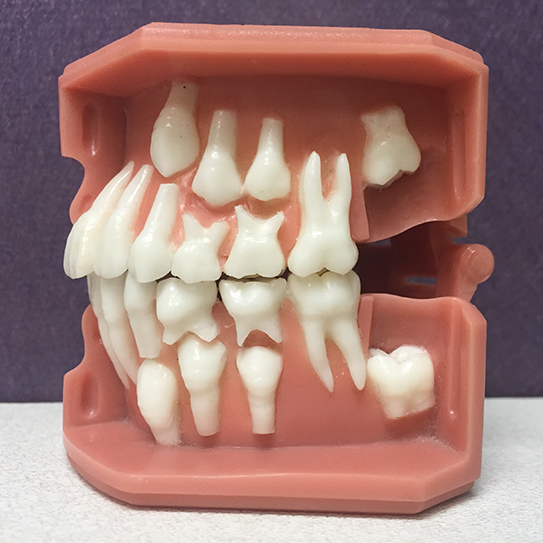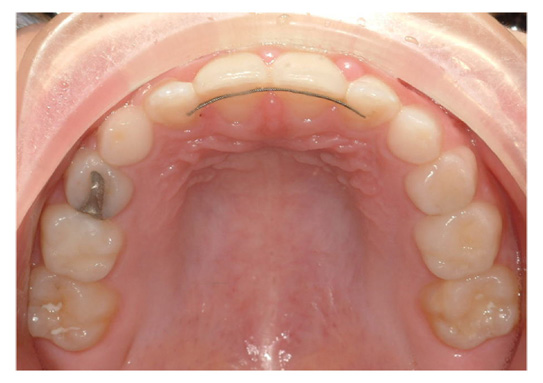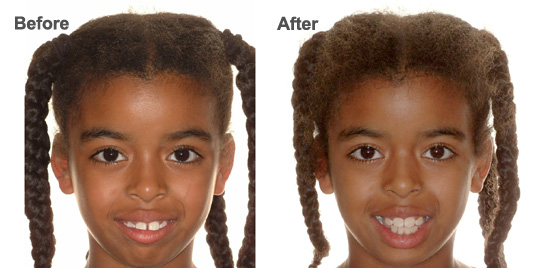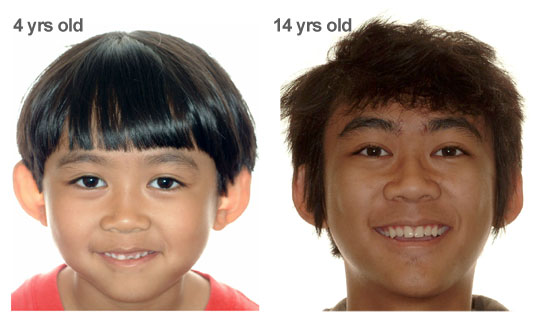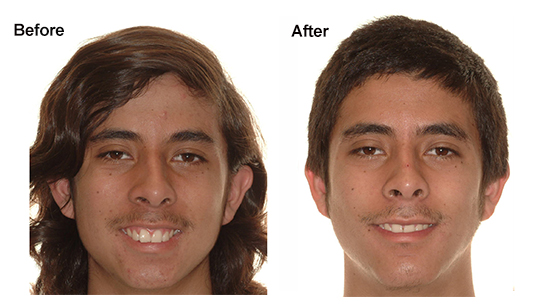To Our Parents Living With Cancer: How To Practice Self-Care For Your Mind, Body, And Soul
April 30th, 2019

LIVING WITH CANCER TAKES a special kind of strength; every day, you’re faced with a new set of challenges that can include anxiety, body pain, and stress, and it’s not always easy to deal with those mental and physical issues in a healthy way. You may be worried about what the future will bring, about financial concerns, or about taking care of all your responsibilities while making sure your health is still a priority. It can easily become overwhelming, so it’s important to do what you can for your mind, body, and soul every day.
Self-care can mean any number of things. It can range from eating healthy foods to taking a timeout when you’re feeling stressed. It can be something as small as sitting with a good book to something as big as taking a vacation to another state or country. The things that help you feel good, boost your mental health, and allow you to feel strong are the ones you need to focus on. Fortunately, there are things you can do to ensure that your overall health is in good shape.
Eat Well
Living with cancer often means looking for the best ways to help your body fight off illness, which means boosting your immune system as much as possible. One of the easiest ways to do this is to eat the right foods, which will help boost your strength and energy at the same time. Berries, nuts, fruit, and lean protein like turkey and fish will go a long way toward helping you feel good every day. Talk to your doctor about the best foods for your specific needs and look for ways to incorporate them into your daily diet.
Look for Exercise Alternatives
You may not be able to get as active as you want every day. Many individuals who are living with cancer have body pain or mobility issues. However, there are some ways you can exercise without sacrificing your comfort, such as stretching. Stretching exercises can help relieve tension, promote good circulation, and enhance your mood. If you need a little extra motivation to get moving, a cancer service dog can provide physical and emotional support you need. As an added bonus, the friendship of a dog is a well-known mood booster that can help fight the anxiety and depression that often accompanies an illness like cancer.

When you do work out, however, you might notice that your body hurts more afterward than it once did. As such, it’s important to incorporate rest days into your routine, regardless of your activity level. Also, many people have turned to products like CBD oil to help alleviate muscle soreness and inflammation. CBD can also help with stress and anxiety, as it often gives people a sense of euphoria not unlike a “runner’s high.” However, always talk to your doctor before adding any supplements, and search around online to learn more about all the best brands.
Meditate
Meditation can help improve your mood and ease stress, especially when it’s combined with a physical exercise like yoga. Meditation is a great way to focus on the present, which means it can help you reduce feelings of anxiety or worry, and it’s a wonderful way to be still and enjoy the moment. When you find that you need a few moments of peace and quiet, meditation can help you put all the noise aside and focus on your own needs. Look for a space in your home that will allow you to meditate without distraction.
Look For Support
Whether it’s from friends, family, a support group, or a church, look for a community who will be there to help get you through the difficult days. It can be extremely overwhelming to deal with the effects of cancer on your body, mind, and feelings, especially if you feel like you’re alone. With a little help from people who care, you can get through those difficult days with a little more comfort, and it will help boost your self-esteem at the same time.

Living with a disease like cancer can be stressful, but there are many things you can do to offset those feelings of stress. Think of the best ways to feel better that you can incorporate into your daily life, and talk to your doctor before starting any new exercise regimen. This can help you avoid injury and keep your health in focus.
Written by Scott Sanders
From all of us at Gorczyca Orthodontics, your smile is our inspiration. (925) 757-9000








